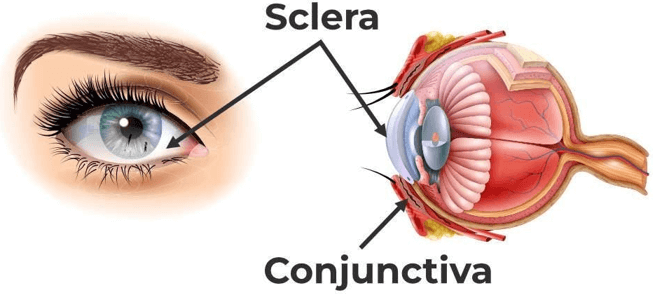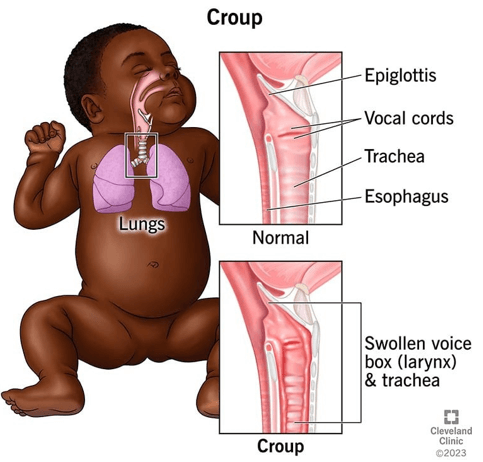When gathering data about a client with dark skin tones, which site should the practical nurse (PN) observe?
Hands and feet.
Forehead and face.
Finger and toe nails.
Sclera and mucous membranes.
The Correct Answer is D
This is the best site for the PN to observe because it allows for the detection of changes in color, such as pallor, cyanosis, or jaundice, that may not be visible on the skin surface. The sclera and mucous membranes are less pigmented than the skin and reflect the underlying blood flow and oxygenation.

Nursing Test Bank
Naxlex Comprehensive Predictor Exams
Related Questions
Correct Answer is A
Explanation
This finding requires immediate action, as it indicates that the client is not receiving the prescribed amount of oxygen, which can compromise the oxygenation and perfusion of the tissues. The PN should adjust the flowmeter to deliver 3 liters per minute of oxygen, and check for any leaks or kinks in the tubing.
The other options are not correct because:
B. The absence of a humidifier does not require immediate action, as it is not a critical component of the oxygen delivery system. A humidifier can help moisten the dry oxygen and prevent mucosal irritation, but it is not essential for oxygenation.
C. The supine position does not require immediate action, as it is not a contraindication for oxygen therapy. The client may prefer this position for comfort or rest, and it does not affect the oxygen delivery or uptake.
D. The snug fit of the cannula does not require immediate action, as it is not a problem for oxygen therapy. The cannula should fit snugly against the client's cheeks to prevent dislodgment or slippage, and it does not interfere with the oxygen flow or diffusion.
Correct Answer is C
Explanation
Croup is a respiratory infection that causes inflammation and narrowing of the airway, resulting in a barking cough, hoarseness, and stridor. The PN should monitor the child's oxygen saturation level via pulse oximetry, as it can indicate the severity of the airway obstruction and the need for supplemental oxygen or other interventions.

Whether you are a student looking to ace your exams or a practicing nurse seeking to enhance your expertise , our nursing education contents will empower you with the confidence and competence to make a difference in the lives of patients and become a respected leader in the healthcare field.
Visit Naxlex, invest in your future and unlock endless possibilities with our unparalleled nursing education contents today
Report Wrong Answer on the Current Question
Do you disagree with the answer? If yes, what is your expected answer? Explain.
Kindly be descriptive with the issue you are facing.
